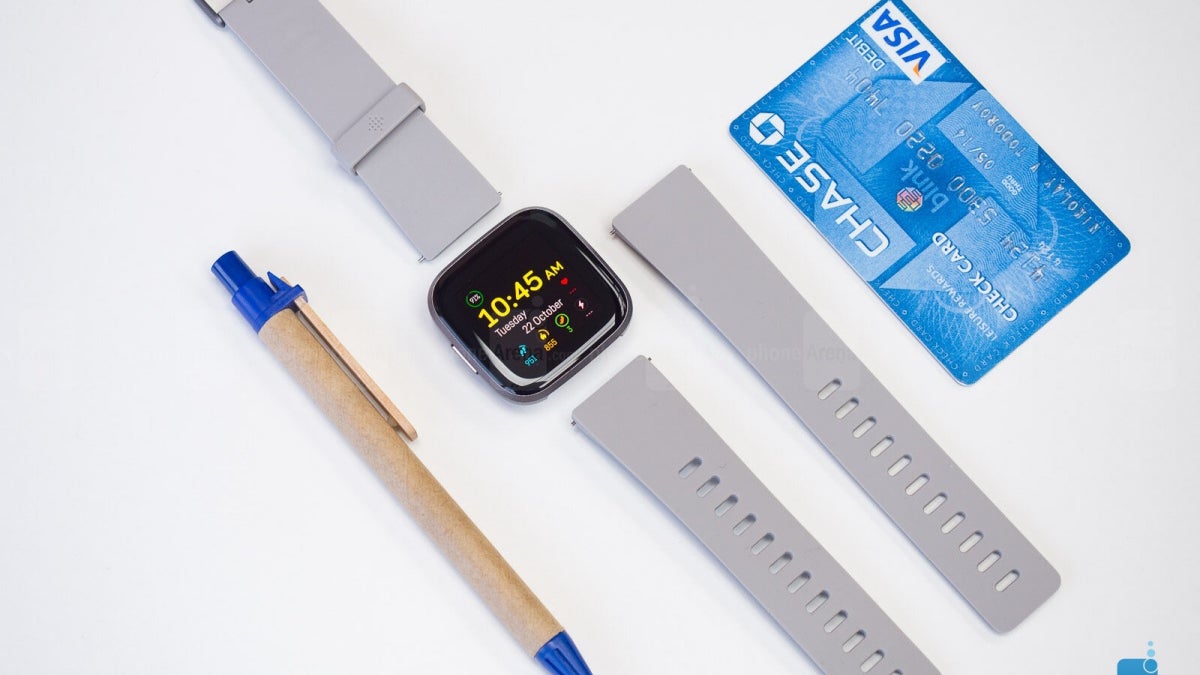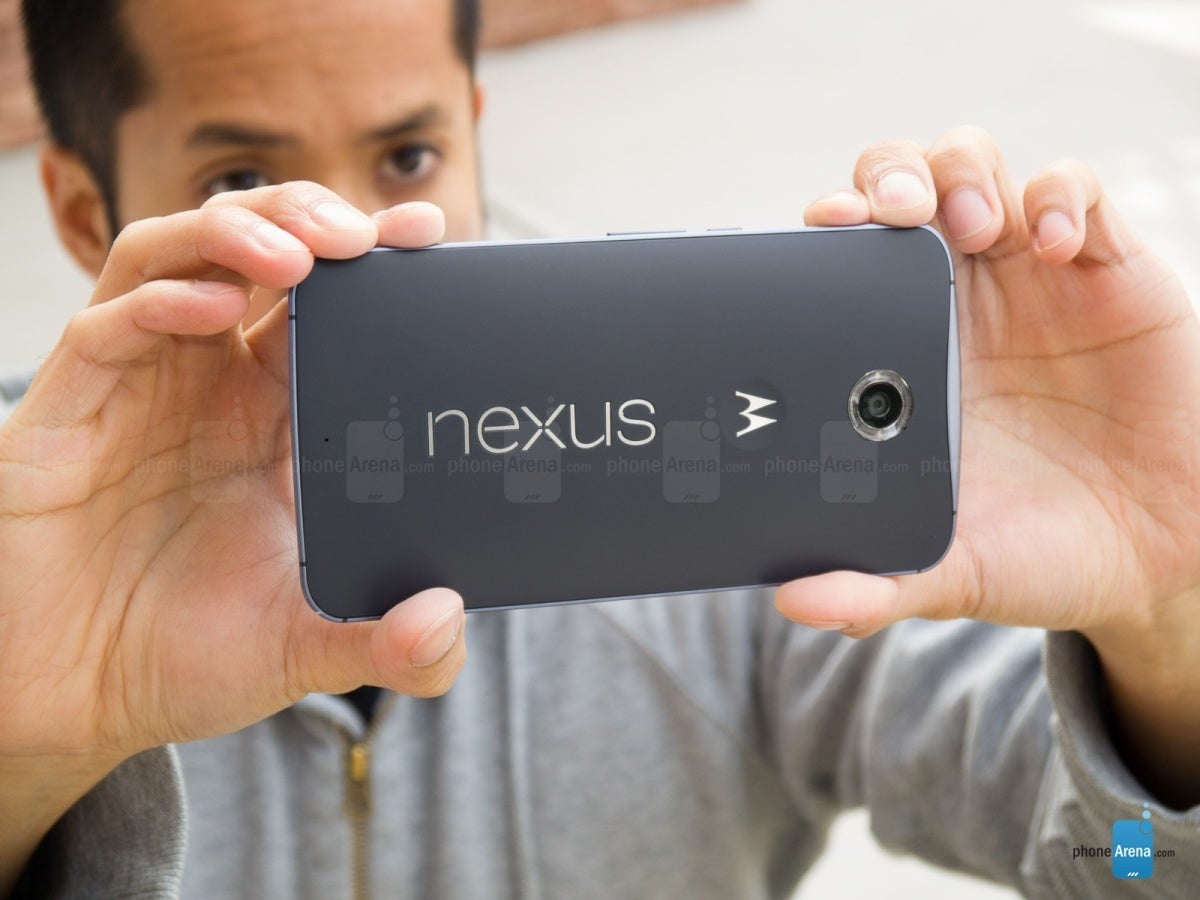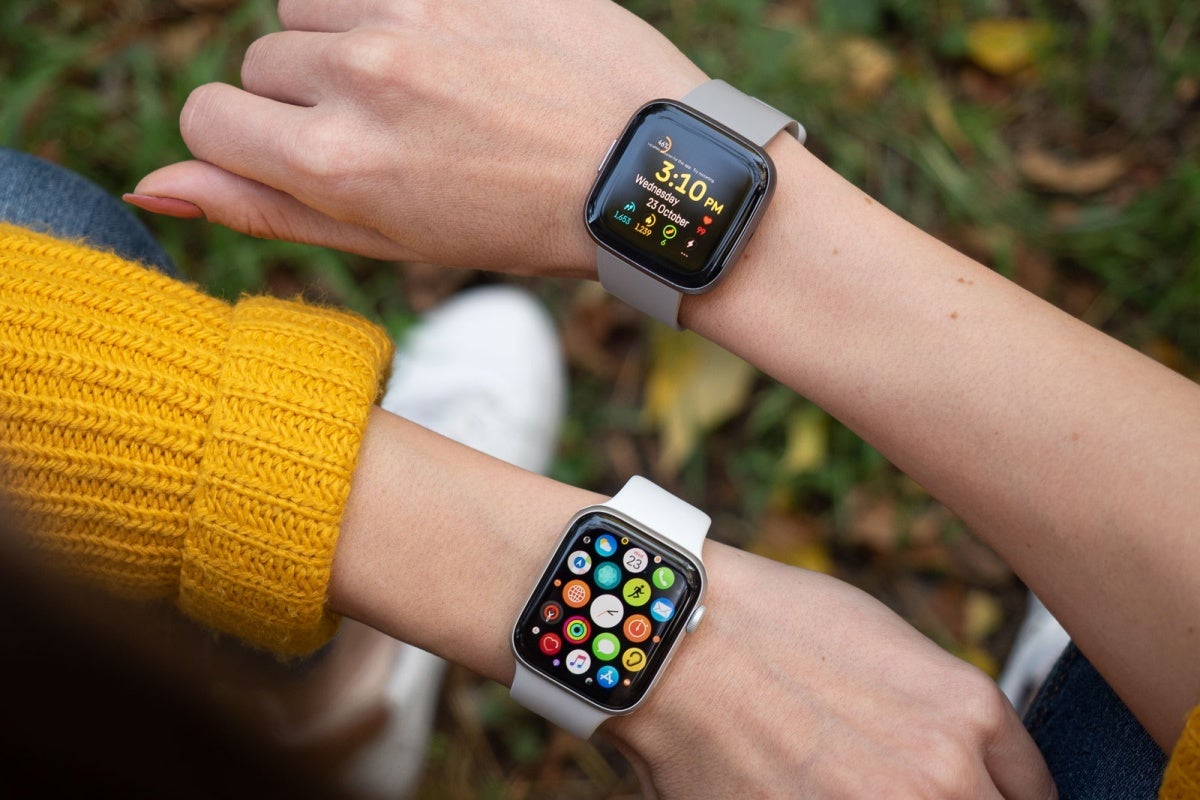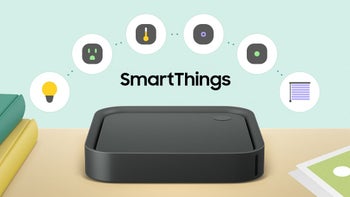Will Fitbit suffer the same fate as Motorola under Google's management?
This article may contain personal views and opinion from the author.

When Google (or rather Google parent company Alphabet) announced its formal intention to acquire Fitbit, many tech market watchers were left scratching their heads. While the rumors started back in September, I personally still don't understand this $2.1 billion deal that the Department of Justice is currently reviewing over concerns of shady user data collection practices before the acquisition can be completed.
Much like Apple, Google (or Alphabet) rarely splashes out on big-name hardware manufacturers, generally focusing on buying smaller software outfits developing groundbreaking technologies that can be easily integrated into existing services and platforms. Fitbit is... anything but that, even though the 2007-founded US company does essentially build its products from the ground up, hardware and software included.
Looking back at Alphabet's history of mergers and acquisitions, I couldn't help but notice a few similarities between this high-profile new deal and the infamous Motorola takeover from eight years ago. Obviously, Motorola was a different beast in a number of key ways, which is why its acquisition set Google back a whopping $12.5 billion. But just as Fitbit is struggling to transition from activity trackers to smartwatches now, Motorola was trying (and failing) to be taken seriously as a smartphone vendor in 2011 after years and years of selling "dumb" phones like hotcakes.
What happened to Motorola under Google
Because numbers can be stronger than words, I'll let the following figure do all the talking: $2.9 billion. That's how much Lenovo paid for Motorola in 2014, which basically means the company lost a whopping $9.6 billion in value in just three years of Google management. Of course, Big G did retain a precious collection of patents and a group of exceptionally talented employees, but it's crystal clear the Motorola brand didn't exactly thrive under the search giant's leadership.

The Motorola-made Nexus 6 came out after Google and Lenovo made their $2.9 billion deal
Motorola was nowhere to be found among 2013's top ten mobile phone manufacturers after ranking eight in 2010, and although Lenovo took over the company in worse shape than Google, its recent rebound is hard to deny, especially in the always important US market.
While it might not feel relevant to dig up the past, Fitbit fans are probably wondering what's next for the wearable industry veteran. History doesn't look very encouraging, particularly if Google is only after patents, engineers, and whatever pieces of the slowly improving Fitbit OS can be quickly integrated into the Wear OS platform. If that's the case (and you should strongly consider that being the case), we fear Google will release a couple more half-baked Fitbit products, spend little to nothing on advertising them, then sell or kill off the brand altogether.
What Google should and shouldn't do with Fitbit
You probably expect me to say something about data harvesting and how crucial it is for the search giant to protect the privacy of existing Fitbit users and not leverage their in-depth personal and biological information for sketchy purposes. But in all honesty, I don't care that much about those sorts of things anymore. After all, I'm pretty sure there are significantly cheaper and easier ways to obtain that data than a $2.1 billion acquisition industry regulators are unlikely to greenlight anytime soon.

The Fitbit Versa 2 is a decent Apple Watch Series 5 alternative at a great price
Instead, as someone who desperately wants to see Apple's crushing wearable market dominance challenged for the sake of competition and innovation, I have a more practical list of dos and don'ts for Google:
- DO take Wear OS seriously
It must be painful for Google to think Wear OS was born (as Android Wear) way back in 2014, before the first Apple Watch generation was even announced, and yet to have no relevant player in today's ever-expanding global smartwatch game. The universally disliked software platform was explicitly named in the November 1 blog post announcing the acquisition, although no specifics were offered as to how Fitbit fits in a new strategy of more Wear OS investment. It's possible Fitbit's future smartwatches will simply run an evolved version of Wear OS, but it's far more likely said evolution will include features and technologies borrowed from the Fitbit OS platform.
- DO NOT ditch the Fitbit name
As the company's value is already pretty low after a few years of stagnating sales, it seems likely that Fitbit would just cease to exist if Google decides there's nothing left to exploit. That would be incredibly ironic given Fitbit itself did something similar with smartwatch pioneer Pebble a while back, but at least for the foreseeable future, it's definitely not the right move. Fitbit's name is synonymous with low-cost fitness bands for many people around the world, just like some people don't realize iPads and tablets are not the same thing. Meanwhile, the Versa and Versa 2 might not be the world's best-selling smartwatches, but thanks to their stellar battery life and robust activity tracking tools, they may have laid the groundwork for a truly successful Versa 3 developed in collaboration with Google.
- DO build that darned Pixel Watch already
Like Google's high-end Pixel phones, I don't expect a premium and pricey Pixel Watch to sell like hotcakes. But product diversity is important, and trying to find little market segments and niches not served by the Apple Watch could be the beginning of a beautiful ascent for Wear OS. Of course, a budget-friendly "Nexus Watch" might be an even better idea, but the aforementioned Fitbit Versa 3 kind of fits that description anyway.
- DO NOT skimp on marketing
It's hard to invest a lot of money in advertising when your total quarterly revenue barely reaches $350 million, but Google can certainly afford to build up the Fitbit brand for a couple of years without expecting an immediate return on investment. That's something Motorola badly needed between 2011 and 2014, and the same goes for Fitbit, which is still instantly associated with low-cost activity trackers. That can be a good thing, but it's also bad when you've been making full-fledged smartwatches for more than two years now and not enough people are aware of that.
- DO the fitness tracker dance
Once again, product diversity is vital. It's what Samsung and Huawei are using to stay at the top of the smartphone vendor ranks, and it's something the Wear OS ecosystem could use to reach the masses. I'm not necessarily expecting a Pixel Band anytime soon, but Google should definitely encourage Fitbit to continue doing what it does best - build affordable wearables that are only (really) good at one or two things.
- DO NOT focus solely on challenging Apple
This is basically a continuation of the above point, but it's something worth repeating and highlighting. Apple doesn't have to be the world's only truly successful wearable device vendor, and not everyone needs to do what Apple does.
Unfortunately, that sounds like a little too much to ask from the company that somehow managed to nearly bury a mobile industry staple during a time of great market growth for Lenovo to then slowly revive said symbol in a stagnant landscape.
Follow us on Google News













Things that are NOT allowed:
To help keep our community safe and free from spam, we apply temporary limits to newly created accounts: